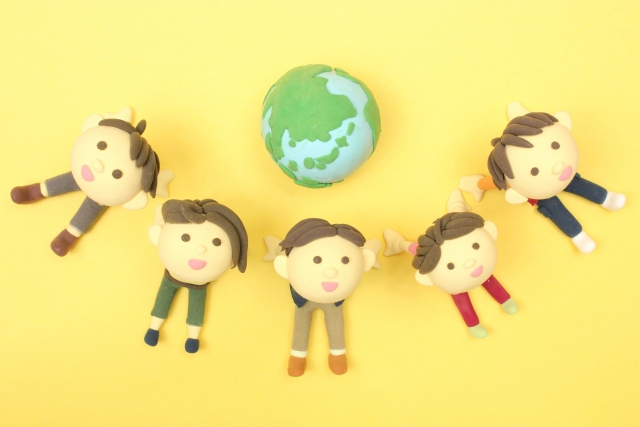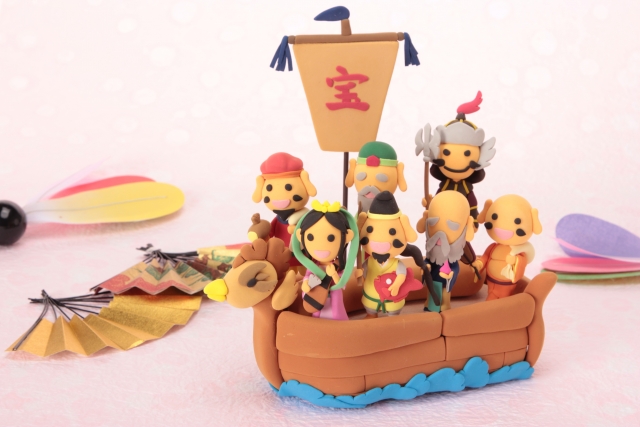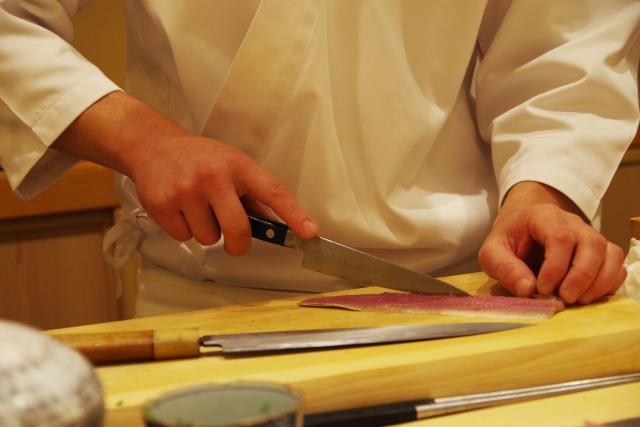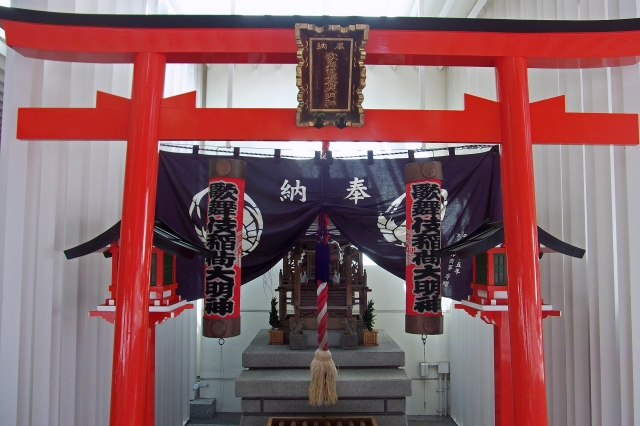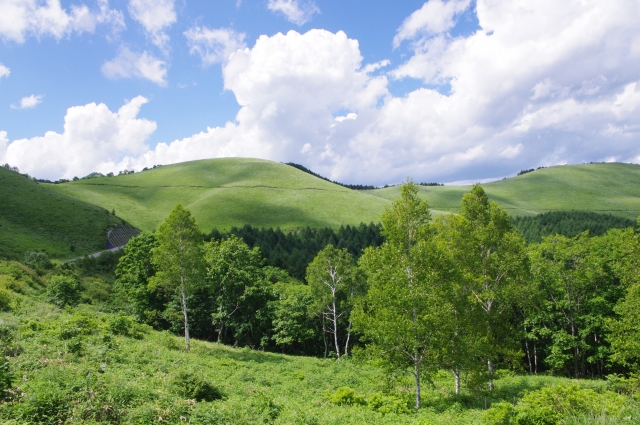
The words “Nature” and “Kami” are among the Japanese words that we use everyday.
However, the words “Nature” and “Kami” are relatively new words.
Why the words “nature” and “Kami”?
Because there is an inseparable relationship between them.
In this article, We would like to tell you about “Nature and Kami”.
What does “Nature” mean?
Nowadays, nature does not include human beings, as in the terms “nature conservation” and “being close to nature”.
However, we also use it in a way that can be understood as meaning the whole, including humans, as in “natural body”.
It seems that we use the word in different ways, but where does it come from?
Our ancestors lived in harmony with nature, blending into it.
The trees and grasses around them were taken for granted, and there was no need to compartmentalize them as humans do.
In the past, we did not have the word “Nature” that we commonly use today.
It meant “that which is there of its own accord,” both with respect to oneself and with respect to all things.
It is a word that describes a state, not a noun that indicates existence.
In the Edo period (1603-1868), Dutch and English studies came to Japan and the word “Nature” had to be translated.
When translating the word, the word “Nature” was applied to mean “that which is free from human intervention”.
Since the translation of “Nature,” the two meanings have been mixed up.
- The Western view of nature that places humans in opposition to nature
- Eastern view of nature, which considers humans to be a part of nature
What is “Kami”?
Originally, there was no concrete existence of “Kami” in Japan.
The term “Shinto” or “Way of Kami” was first coined in Japan by a Japanese scholar at the end of the Edo period (1603-1868).
The term “Shinto” or “Way of Kami” was proposed by a group of scholars at the end of the Edo period (1603-1868), the same time as the word “Nature.
When Christianity came to Japan, the object of faith in Christianity was called “Deus” or “Heavenly Host” and was considered different from the “Shinto Kamis”, but was translated as the same “God” during the Meiji era.
“God” ≠ “Shinto Kamis”.
When humans die, they become “kami”.
Things also become “kami” when they die.
It is said that a tool that has been carefully used becomes a “Tsukumo Kami” after 100 years.
Houses also have their own kamis, such as the kami of the house, the kami of the warehouse, the kami of the toilet, and many other kamis.
Rituals, such as “rice planting in the spring” and “harvest in the fall,” are performed in conjunction with life and the seasons.
The Shinto kamis are described as the “Yaoyorozu-no-Kami”,as they coexist with all things.
The word “Yaoyorozu” is used to mean “many (infinite)”.
A sociology researcher from the United States came to Japan and had trouble translating the word “Shinto” into English.
Shinto is not a religion, there is no “founder” and no “dogma”.
Shinto is a way of life that is lived in harmony with the seasons, so he named it “Japanese Life”.
The customs and practices of life itself are “Shinto”.
The Kami of Shinto is a being that is one with all things, not a transcendent absolute God.
Nature is both a blessing and a curse.
Our ancestors thought of it as “the wrath of something” and began to revere it, hoping that it would calm their anger and give them blessings, and later called it “God.
We can feel that the “something” is probably the “principle of the universe” that governs all things.
The Japanese language has a certain ambiguity.
In order to share it with other languages, we have to limit the meaning of words, so we have coined words to avoid ambiguity.
What is the origin of a word?
What are the thoughts behind them?
We believe that Japanese is a “feeling language”.


